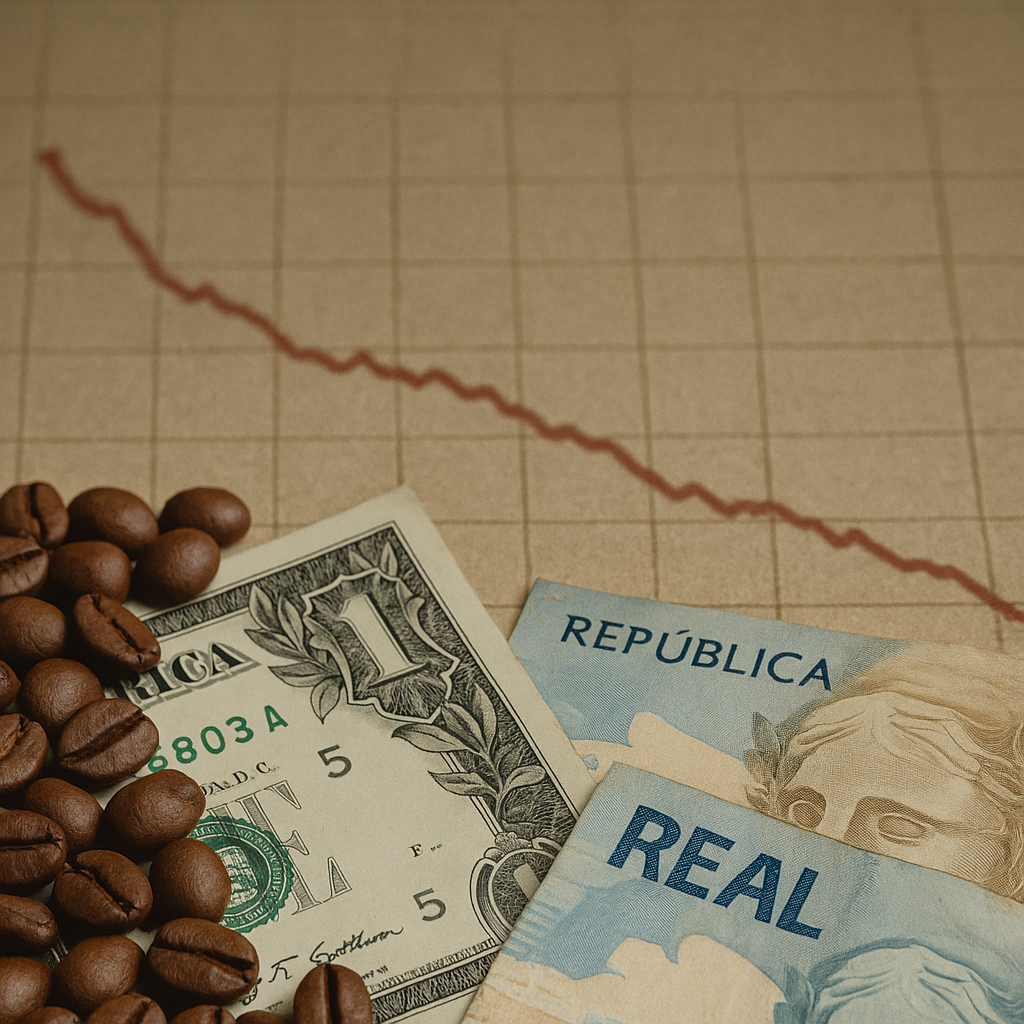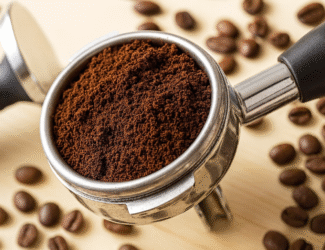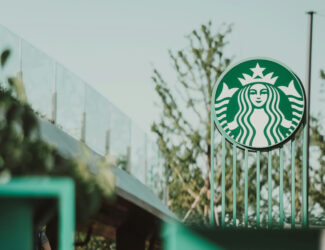
Arabica Coffee Prices Drop as Brazil Crop Conditions Improve
arabica coffee prices declined notably on Tuesday, driven by growing optimism over Brazil’s upcoming harvest. September arabica futures dropped by 2.72%, reaching their lowest level in more than six months, while robusta coffee futures edged higher by 1.10%.
The downturn in arabica was largely attributed to favorable weather in Brazil. Meteorological data showed that the key arabica-growing region of Minas Gerais received 5 millimeters of rain during the last week of June — 714% above its historical average. This rainfall eased concerns about dryness and raised expectations for a healthy crop in the world’s top arabica-producing country.
Meanwhile, the U.S. dollar weakened to its lowest point in over three years, prompting short-covering activity that helped lift robusta coffee into positive territory.
Over the past two months, arabica prices have been under pressure due to a stronger outlook for global supply. According to the U.S. Department of Agriculture’s Foreign Agricultural Service (FAS), Brazil’s 2025/26 coffee production is projected to rise by 0.5% year-on-year to 65 million bags. Vietnam, the top producer of robusta coffee, is expected to increase its output by 6.9% to a four-year high of 31 million bags.
Despite these gains, the Brazilian harvest is progressing at a slower pace than in previous years. Cooxupé, Brazil’s largest coffee cooperative and exporter, reported that as of June 20, only 24.3% of the harvest was complete, down from 34.2% at the same point in 2024. Another report by Safras & Mercado estimated the national harvest was 35% complete by June 11, with robusta at 49% and arabica at 26%. Heavy rains in some regions have delayed arabica harvesting.
Robusta prices, in contrast, found support from tightening supply conditions. ICE-monitored inventories of robusta recently fell to a six-week low of 5,108 lots. However, arabica inventories monitored by ICE reached a 4.75-month high in late May and stood at 841,770 bags as of Tuesday — a bearish signal for arabica prices.
On the export front, Brazil’s green coffee exports dropped by 36% year-on-year in May to 2.8 million bags, according to Cecafé. Meanwhile, Vietnam’s 2023/24 crop saw a 20% decline due to drought, producing just 1.472 million metric tons — the lowest in four years. The country’s coffee exports in 2024 fell 17.1% year-on-year to 1.35 million metric tons, and exports from January to May 2025 were down 1.8%.
The USDA’s latest biannual report, released last week, added further pressure to prices. It projected global coffee production for the 2025/26 season to rise 2.5% to a record 178.68 million bags. This includes a 1.7% decline in arabica output to 97.02 million bags and a 7.9% increase in robusta output to 81.65 million bags. Global ending stocks are expected to grow by 4.9% to 22.82 million bags.
Despite the optimistic supply projections, commodity trader Volcafe warned of a deepening arabica supply deficit. The firm expects an 8.5 million bag shortfall in the 2025/26 season — widening from 5.5 million bags in the previous year — marking the fifth consecutive year of arabica deficits.
In short, while improved crop conditions and higher production estimates are weighing on prices, ongoing concerns about long-term arabica supply imbalances continue to cast uncertainty over the global coffee market.






